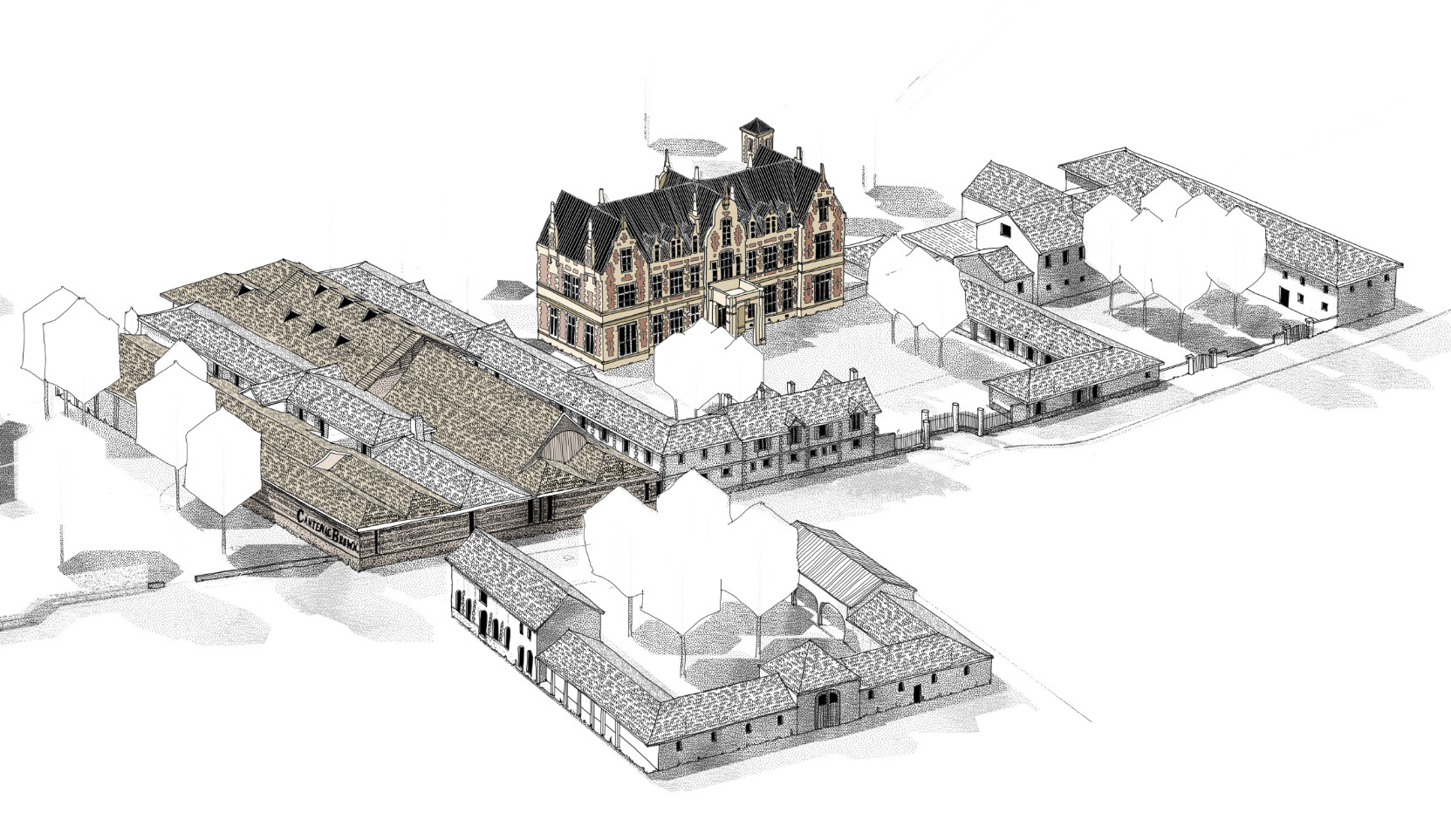A SCOTTISH CHÂTEAU IN MARGAUX
A spectacular testimony to the Scottish roots of its founder John Lewis Brown, Cantenac Brown’s emblematic Tudor-style château makes it one of the most remarkable properties of the 1855 classified grands crus. Scottish sheep reign supreme in its expansive parkland. The 75 hectares of vines that surround the Château are spread over the prestigious Margaux and Cantenac plateaux, offering a wine balanced between flesh and tension: full-bodied and velvety with a long finish.
Upon his family’s acquisition of Château Cantenac Brown in 2019, Tristan Le Lous became the custodian of this heritage, vowing to safeguard the property’s high standards and quality. A future project was thus unveiled: the building of a cellar from raw earth and untreated wood.
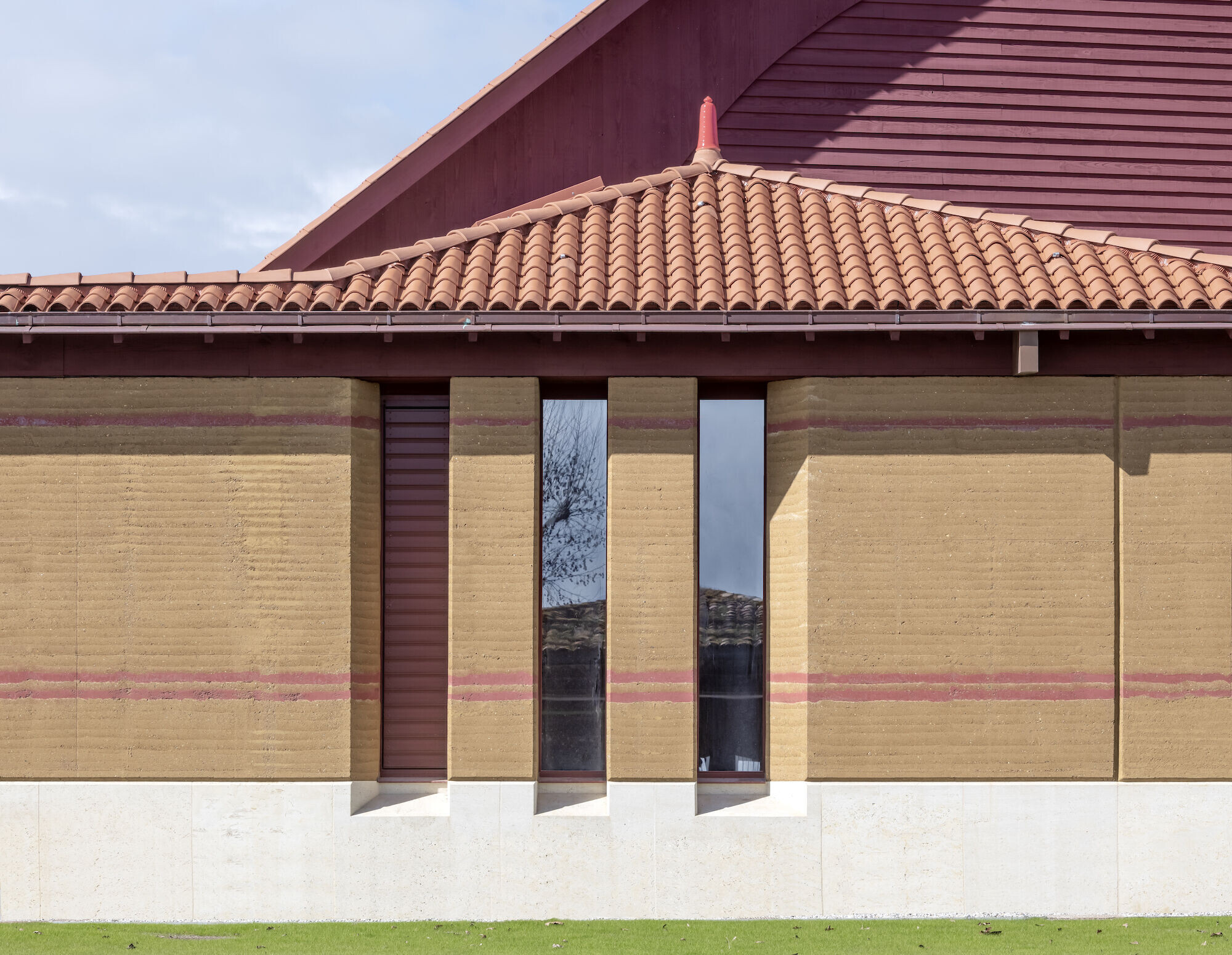
THE POWER OF THE EARTH
Philippe Madec, a leading architect and pioneer in eco-construction, designed a cellar built from raw earth and untreated solid wood, pushing the boundaries on current environmentally-responsible practices.
Only natural, untreated bio-sourced materials from the Aquitaine region were used, with the aim of achieving a net zero carbon footprint. No Portland cement was used for the construction. The walls of the cellar were built applying the ancient technique of rammed earth construction, offering exceptional environmental performance. The raw earth was compressed directly at the Château to form the walls of this unique building.
To ensure the new cellar blended in harmoniously with the environment of the Château and vines, it was fully integrated within the existing buildings that were rehabilitated according to three objectives: preserving the historical architecture, protecting the natural landscape and avoiding soil degradation.
The cellar’s thermal inertia provided by the raw earth avoids the need for air conditioning. The power of the earth thus offers the perfect atmosphere, in terms of temperature and humidity levels, for the stability and ageing of the wines in barrels without requiring energy consumption.
“What I love about Philippe Madec’s approach is the concept of happy frugality; doing better with less” explained Tristan Le Lous.
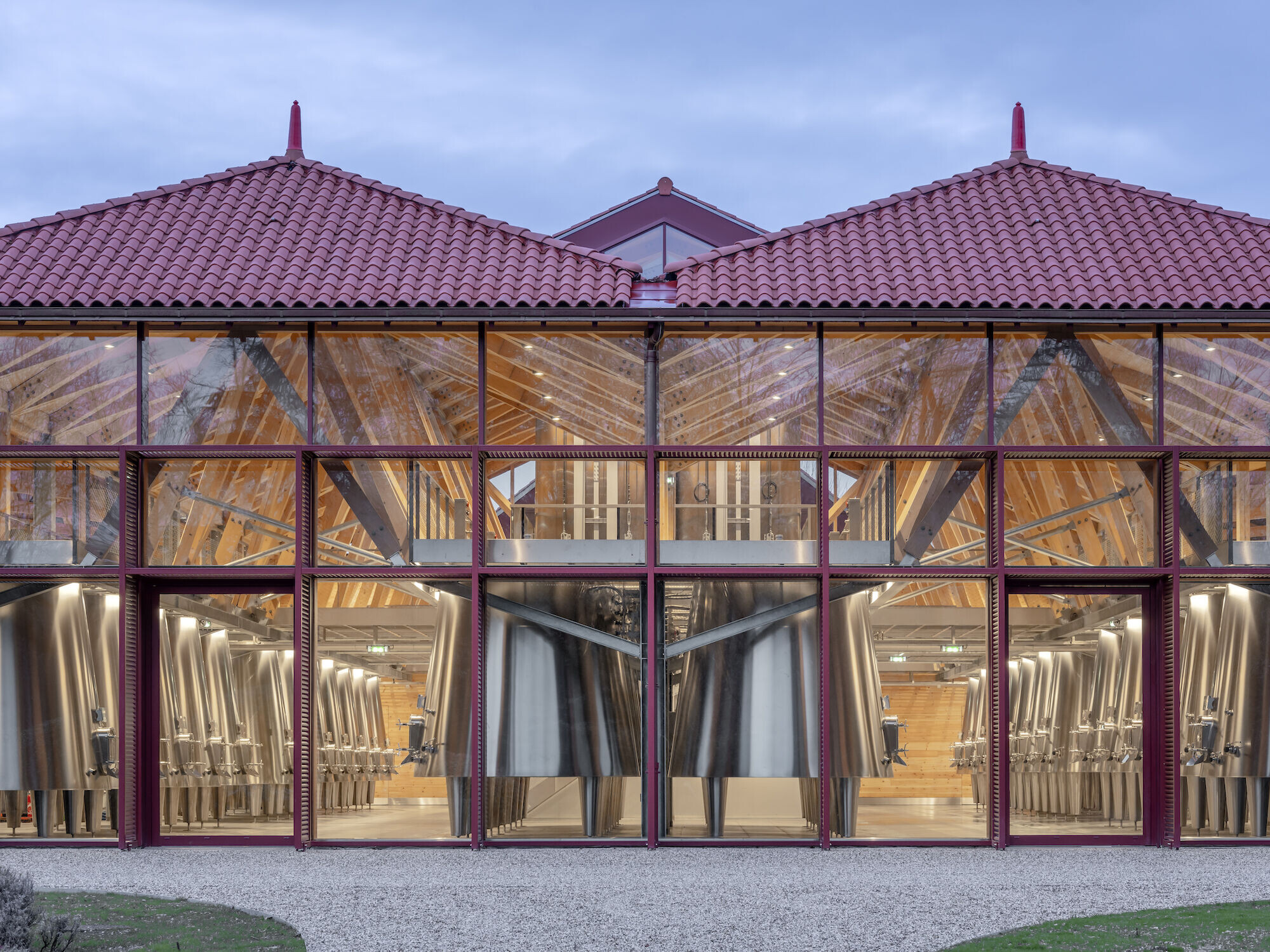
A TEMPLE OF QUALITY
“ We have been very fortunate to be able to vinify our wine for the first time in our new cellar in 2023. We have now 70 vats ranging in volumes that allow us to vinify each plot individually and at the optimal moment. Our 100% gravity fed vat room grants us the time to infuse, and to extract gently while preserving the integrity of the fruit and the wines. The team is unmistakably excited “.
José Sanfins, Manager of Château Cantenac Brown.
From vine to bottle, everything has been designed to preserve the aromas of the fruit and wine, with small crates for collecting the grapes, small vats for moving the berries by gravity flow and the use of elevated vats. Gravity is the only force used to transfer the grapes and wine, preventing the grape skins from being damaged and the juices becoming oxidated. The aromas and tannins are extracted in a way that is perfectly controlled.
The vat room, with its 70 isothermal truncated vats ranging in volume from 50 hl to 120 hl, ensures highly accurate work and extremely precise plot selection of the harvested grapes. In this way, each plot is harvested when it reaches perfect maturity and the separate vinification and aroma extraction processes are adapted to each one.
Going forward, Château Cantenac Brown’s vintages will be characterised by the quality and rigour enshrined in this new cellar, with intensified aromas and even smoother tannins.
The new cellar has also been designed to accommodate two harvests in the best maturing conditions, with the wines ageing peacefully within the one-metre-thick earth walls. Earth is the only building material that naturally regulates the humidity levels of the ambient air. The one-metre-thick earth walls (comprising 55 cm of rammed earth, 25 cm of cork insulation, a 5 cm cavity and 15 cm of compressed earth bricks) also offer exceptional thermal inertia, enabling the cellar to be maintained at an ideal temperature through the use of earth-air heat exchangers that do not require energy consumption.
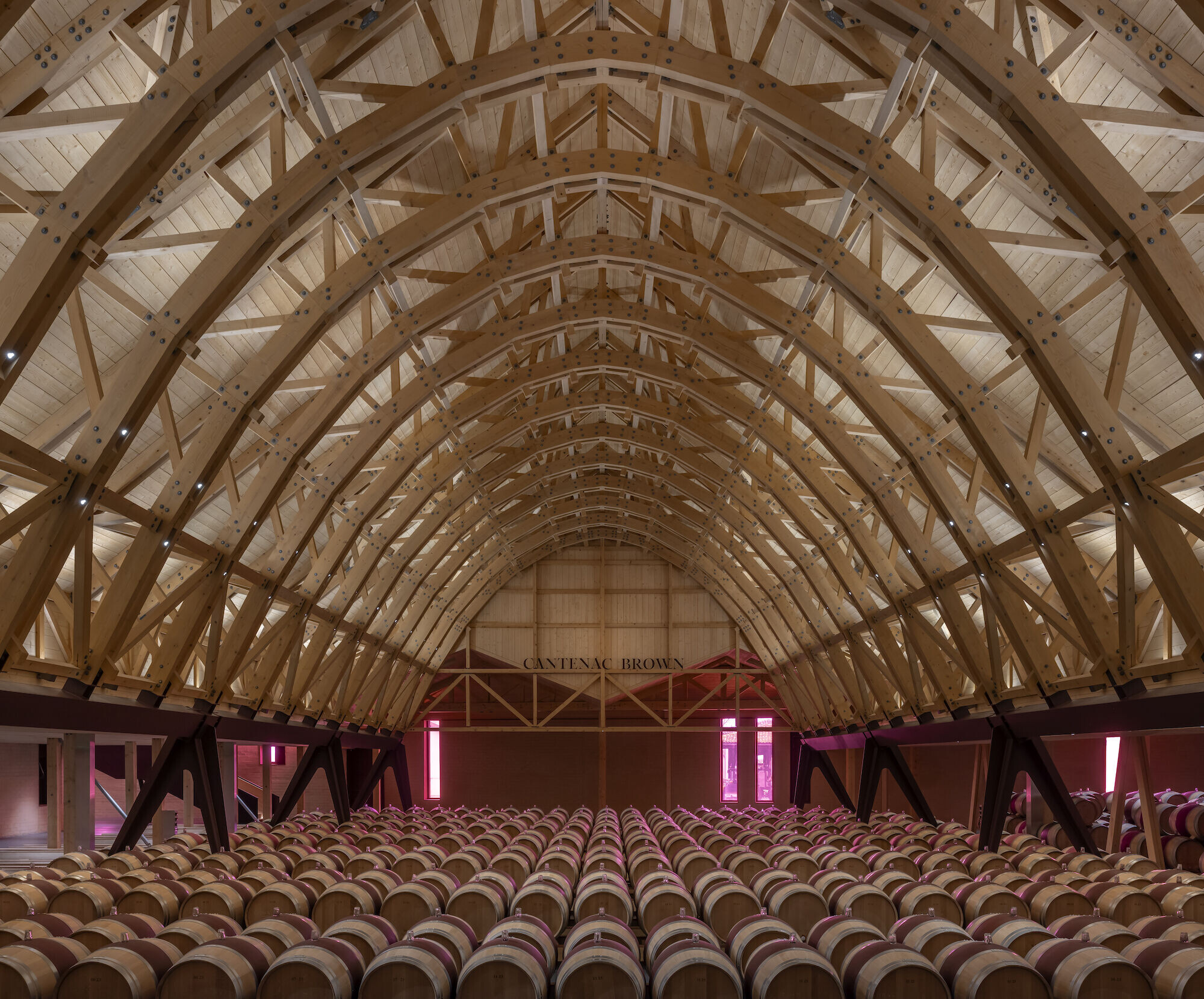
MAN AT THE HEART OF THE PROJECT
At the heart of the architectural project is the work of man.
This creation fulfils our commitments to greater environmental responsibility based on three pillars: the economy, the environment and society.
Cantenac Brown has bestowed itself the largest harvest hall ever built in the Bordeaux region. This covered area, at the heart of the new construction, is strategically placed between the vat room and cellar and protects the grape pickers from the ever hotter summer temperatures.
From the vat room, a place of daily activity, our workers enjoy a magnificent view of the property’s parkland and the impressive trees in its unique arboretum. Daylight reaches the full depths of the room thanks to the meticulous work of its pleated roof and overhanging eaves, ensuring a predominately natural luminosity.
The cellar lies beneath a solid wood catenary vault, calculated according to the golden ratio of the Fibonacci sequence. In the semi-darkness of filtered light, calmed by the silence and cool temperature of the raw earth, this is a place of waiting.
The ambient silence was the greatest surprise for the team when they first used the new installation. Entering Cantenac Brown’s new cellar is like entering a temple.

PURSUING A LEGACY
Today Château Cantenac Brown is headed by the French family Le Lous. Tristan Le Lous, an agronomist with a passion for oenology, is very involved in managing the estate, together with José Sanfins, who is inextricably linked with the estate’s modern history. The meeting of this twosome was a pivotal milestone.
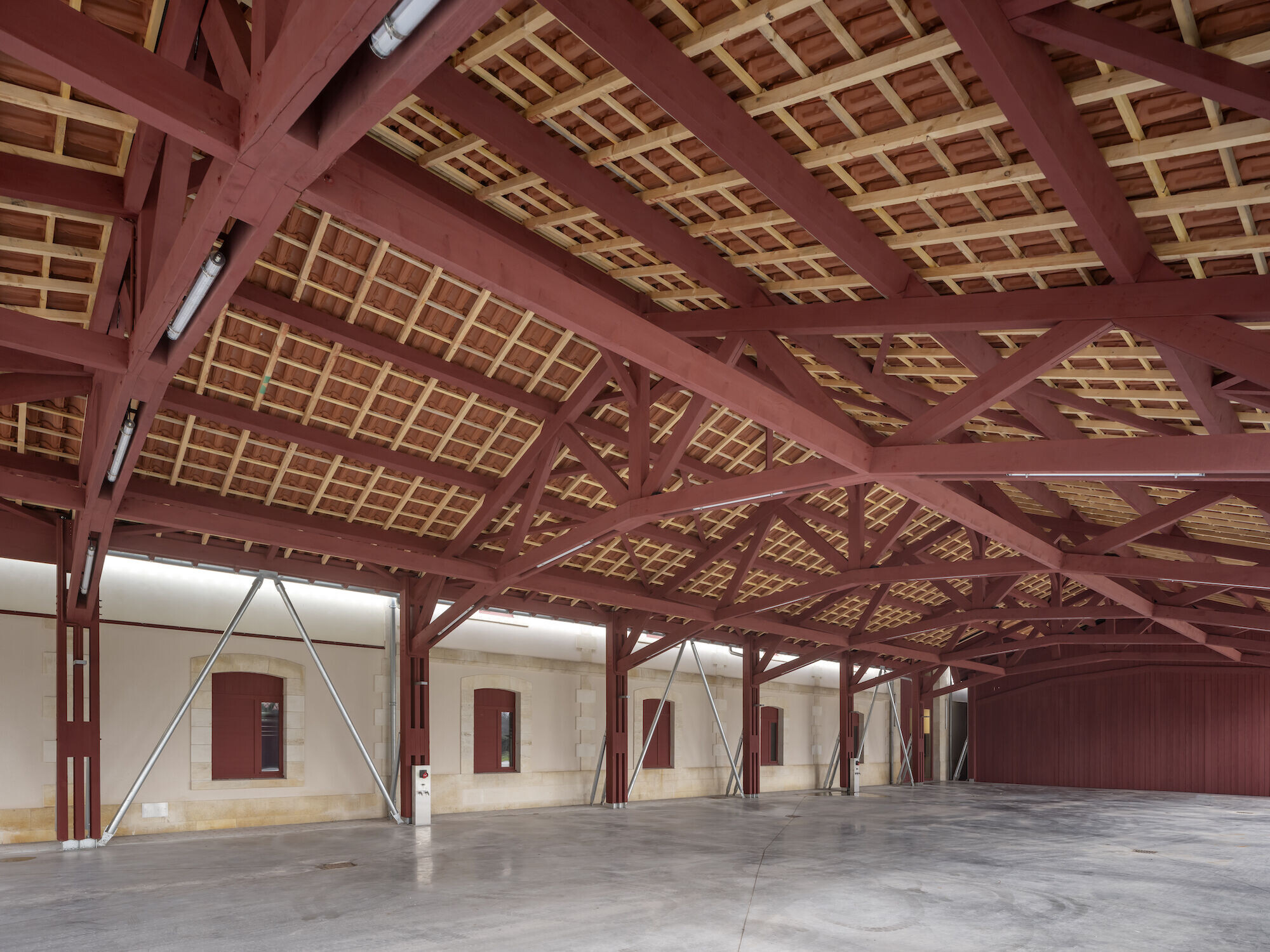
On the Margaux and Cantenac plateaux
The Cantenac Brown vineyard covers 75 hectares of vines in the Margaux appellation and 5 hectares of white grape vines, spread over the prestigious Margaux and Cantenac plateaux.
It lies at the heart of the appellation, famous throughout the world for delivering wines that are both balanced and elegant, with lacy tannins that continue to develop over time. The grape varieties planted, which are specific to the identity of the Margaux appellation, are predominantly Cabernet Sauvignon (65%), followed by Merlot (33%), with the remainder composed of Cabernet Franc (1%) and also a few hundred square metres of Petit Verdot (1%).
The choice of grape varieties was dictated by years of observation, tasting and an in‑depth study of the nature of the soils. The estate can be divided into three zones, namely the clay-limestone terroirs, those with small gravel deposits and those with deep Günzian gravel on the Margaux and Cantenac plateaux, which form the backbone of Château Cantenac Brown’s wines, as this is precisely where Cabernet Sauvignon is predominant.
“This mosaic of terroirs makes it possible, whatever the impact of the weather, to produce great wines every year. The idea is to further increase the proportion of Cabernet Sauvignon, which, with global warming, gives excellent maturity,” explained José Sanfins. The white grape varieties, Sémillon and Sauvignon Blanc, were planted on clay-limestone plots.
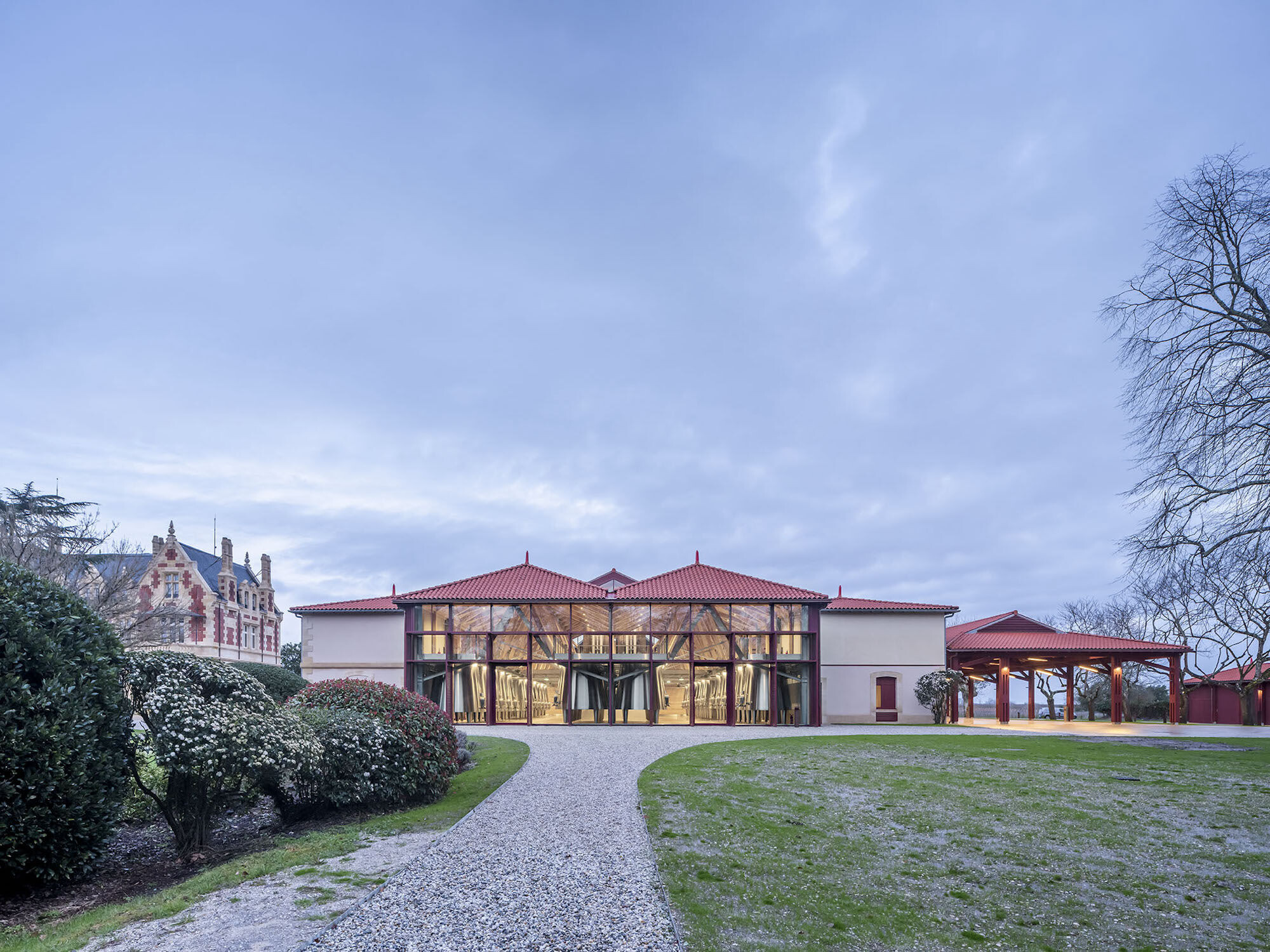
Our process, three wines
Cantenac Brown asserts in Margaux a style marked by the Cabernet Sauvignons of its exceptional terroirs.
Château Cantenac Brown, an 1855 classified third growth, is a blend of Cabernet Sauvignon (which represents between 65% and 70% depending on the year) and Merlot. It may contain a hint of Cabernet Franc. Reflecting the soul of a great terroir, Château Cantenac Brown is a radiant, full-bodied, velvety wine for ageing. It stands out for its fresh fruit flavours, its density and its very fine tannins. Its best vintages express freshness, an elegant bouquet of red and black fruits, with opulence and tension on the finish, and spicy undertones.
BriO de Cantenac Brown was created in 2001. A balance between Cabernet Sauvignon and Merlot with around 10% Cabernet Franc. BriO de Cantenac Brown is charming, delicate and brilliant, a pleasurable wine for sharing. It can be enjoyed young, but will also improve when kept for a few years.
First produced in 2011, AltO de Cantenac Brown is an exclusive white wine produced from just 5 hectares of vines. With 90% Sauvignon Blanc, 3.5% Semillon and 6.5% Sauvignon Gris, it is a fresh, vibrant and mineral wine with flinty and white fruit notes.

Team:
Project owner: SCEA Château Cantenac Brown
Assistant Project Manager: MO2
Architects: Philippe Madec (apm) & associates
Engineers/design offices: Ingerop Bordeaux / CE Engineering / Le Sommer Environment / AMACO
Axonometry credits: C&E Engineering, Philippe Madec (apm) & associates
Photo credits: Luc Boegly
